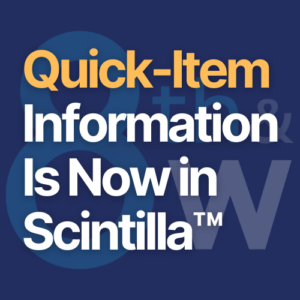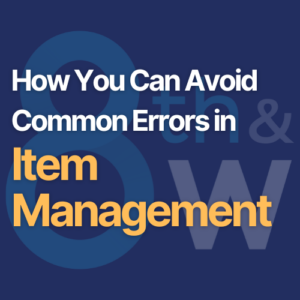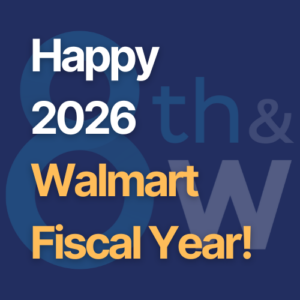Editor’s note: Recently, we’ve been featuring a lot of stories about tariffs here at Walmart & Retail News. Today, I sat down with Terry Clear, 8th & Walton’s Director of Replenishment & Sales Insights, to discuss the impact that tariffs have, and will continue to have, on suppliers. — L.P.
Lainie: Tariffs have been a hot topic in the news. What is the significance of tariffs for Walmart suppliers?
Terry: It’s going to cost them a lot more money to bring the product to the US, even to where it is no longer profitable for those suppliers. We have even seen cases where containers are being abandoned at the port by suppliers.
There was a CEO on, I believe, CNBC yesterday. He said, “We have stopped all orders from China because until this tariff situation is resolved, it makes no sense for us to bring in any more product from China.” If these tariffs remain in place, many of these suppliers will have to get relief.
Walmart would have to accept a cost-of-goods increase, which it does not want to do. If Walmart accepts the increase, how much of it will be passed along to the consumer? Where does this end? If the cost is passed along to you, the consumer, will you just pony up and pay it, or will you say, “Yeah, I don’t think so?”
Lainie: You mentioned earlier that Walmart does not want any kind of an increase. I know that Walmart leadership at the very top is talking to the president about this. What are Walmart’s expectations of suppliers currently?
Terry: First of all, Walmart always pushes back hard on any cost-of-goods increase from suppliers. If a supplier is going to attempt to pass along an increase, they’re going to have to document how the tariffs are affecting the cost of goods. There are different tariffs based upon the harmonized tariff schedule, and there are differences if the product is brought in as a finished good versus brought in as component parts and assembled in the United States. And, perhaps, part of the cost to Walmart includes the post-finished good transportation costs. So, just because the product may have a 20, 40, or 80% tariff on it doesn’t necessarily translate to that exact percent cost of goods increase to Walmart. They’re going to want to know the documentation, the supporting evidence to say.
Here’s where our product is being affected by these tariffs, and then we (the supplier), being a good team player, are willing to absorb some of this cost, but we can’t absorb it all. But Walmart has been reluctant. This is also a highly volatile situation. You hear about changes in the tariffs practically daily. So, how can anybody make a decision on products that are not going to land in the port until October? Who knows how what the tariffs will be when the products hit the port in October?
Lainie: Given this lack of knowledge, the volatility and the lack of control that suppliers have over this situation, what steps can suppliers take to protect themselves?
Terry: They need to understand how these tariffs are going to affect their current supply chain. And then they also need to ask, “How do we need to diversify or make changes to our supply chain, and how do we manage through this?”
They also need to understand that we may be entering a new era where tariffs become much more volatile. We have been in an era of low volatility for tariffs, including zero tariffs. So, everybody has gotten used to that, and that’s been a stable environment. What if the environment changes and tariffs fluctuate every year or every six months? There is always a dynamic change in tariffs.
Suppliers need to ask, “How does that change my business model?”
Want to optimize your business practices for success in uncertain conditions? Fill out the form below, and we’ll be in touch to discuss how we can support your team.



